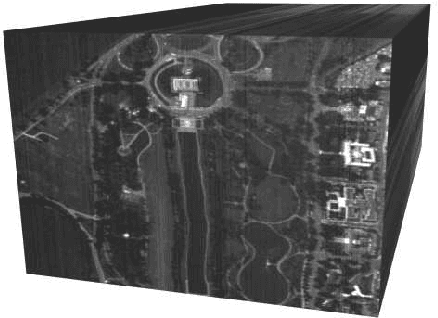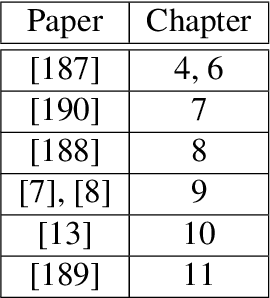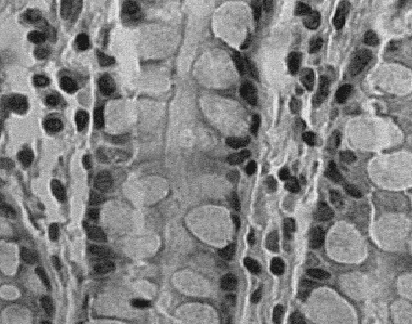Multi-Sensor Fusion via Reduction of Dimensionality
Paper and Code
Nov 13, 2012



Large high-dimensional datasets are becoming more and more popular in an increasing number of research areas. Processing the high dimensional data incurs a high computational cost and is inherently inefficient since many of the values that describe a data object are redundant due to noise and inner correlations. Consequently, the dimensionality, i.e. the number of values that are used to describe a data object, needs to be reduced prior to any other processing of the data. The dimensionality reduction removes, in most cases, noise from the data and reduces substantially the computational cost of algorithms that are applied to the data. In this thesis, a novel coherent integrated methodology is introduced (theory, algorithm and applications) to reduce the dimensionality of high-dimensional datasets. The method constructs a diffusion process among the data coordinates via a random walk. The dimensionality reduction is obtained based on the eigen-decomposition of the Markov matrix that is associated with the random walk. The proposed method is utilized for: (a) segmentation and detection of anomalies in hyper-spectral images; (b) segmentation of multi-contrast MRI images; and (c) segmentation of video sequences. We also present algorithms for: (a) the characterization of materials using their spectral signatures to enable their identification; (b) detection of vehicles according to their acoustic signatures; and (c) classification of vascular vessels recordings to detect hyper-tension and cardio-vascular diseases. The proposed methodology and algorithms produce excellent results that successfully compete with current state-of-the-art algorithms.
 Add to Chrome
Add to Chrome Add to Firefox
Add to Firefox Add to Edge
Add to Edge